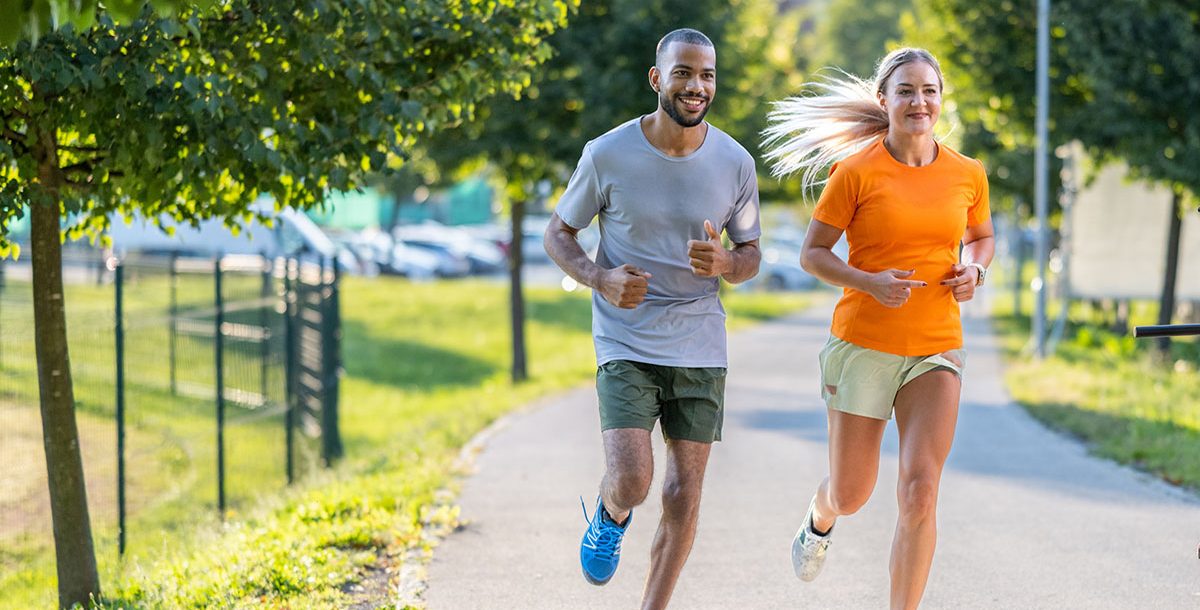Cannabis use in running has become a topic of interest for many athletes and enthusiasts seeking to enhance their performance and recovery. As societal attitudes towards cannabis shift and its legalization spreads, more runners are exploring how cannabis, particularly CBD (cannabidiol) and THC (tetrahydrocannabinol), can influence their training and racing experiences. This article addresses some of the most frequently asked questions about the use of cannabis in running, providing a comprehensive overview of its potential benefits and risks.
How Can CBD and THC Benefit Runners?
Runners are turning to cannabis for various reasons, including pain management, recovery, and mental well-being. CBD and THC offer different benefits that can enhance the running experience.
CBD is known for its anti-inflammatory and pain-relieving properties. Long-distance running can lead to inflammation and soreness, and CBD can help reduce these symptoms, allowing runners to recover faster and continue training without prolonged discomfort. Additionally, CBD can improve sleep quality, which is crucial for recovery and overall performance.
THC, the psychoactive component of cannabis, can reduce anxiety and enhance focus. Many runners experience pre-race anxiety, and THC can help calm nerves, promoting a more relaxed state of mind. THC can also create a sense of euphoria, often referred to as the “runner’s high,” which can improve mood and motivation during long training sessions and races. However, it’s essential to approach THC use carefully, as it can impair coordination and concentration, which are vital for running safely.
What Are the Risks of Using Cannabis in Running?
While cannabis can offer benefits to runners, it also comes with potential risks that need to be considered.
One of the primary risks is the potential for impaired motor skills and reaction time, particularly with THC use. This can be hazardous, especially in outdoor running environments where uneven terrain, traffic, and other obstacles require quick reflexes and coordination.
Additionally, THC can increase heart rate, which might not be suitable for all runners, especially those with cardiovascular issues. It’s crucial for runners to monitor their heart rate and overall response to THC during training to avoid any adverse effects.

Cannabis use can also lead to dehydration due to dry mouth, a common side effect. Runners must ensure they stay well-hydrated, particularly during long runs or in hot weather, to mitigate this risk.
The legal status of cannabis varies widely by region, and runners must be aware of the laws in their area. Using cannabis in places where it is illegal can result in legal consequences, which can add unnecessary stress and complications.
How Can Runners Integrate CBD and THC Safely Into Their Routine?
Integrating cannabis into a running routine can be done safely with mindful consideration of dosage, method of consumption, and the individual’s response to cannabis. Here are some tips for doing so:
- Start with a Low Dose: Begin with a low dose of CBD or THC to understand how it affects your body and mind. Gradually increase the dose if needed, but avoid overconsumption to prevent impairment.
- Choose the Right Strain: Different strains of cannabis have different effects. Sativa strains are typically more uplifting and energizing, making them suitable for pre-run use. Indica strains are more relaxing and calming, ideal for post-run recovery.
- Select the Appropriate Method of Consumption: Consider how you consume cannabis. Smoking or vaping provides immediate effects, which can be useful for timing the onset with your run. Edibles or tinctures take longer to kick in but offer a more prolonged experience.
- Create a Safe Running Environment: If using THC, run in a safe, familiar environment to reduce the risk of accidents. Avoid busy streets and opt for well-maintained trails or tracks.
- Stay Hydrated: Cannabis can cause dry mouth, so drink plenty of water before, during, and after your run to stay hydrated.
- Listen to Your Body: Pay attention to your body’s signals and take breaks as needed. If you feel dizzy, fatigued, or uncomfortable, pause and rest.
- Monitor Your Heart Rate: Keep an eye on your heart rate, especially when using THC, to ensure it stays within a safe range.
What Are the Legal and Ethical Considerations of Using Cannabis in Running?
Runners must navigate the legal and ethical landscape of cannabis use, which varies widely by country and state. In places where cannabis is legal for medical or recreational use, runners have more freedom to incorporate it into their routine. However, it remains illegal at the federal level in some countries, creating a complex situation.
Runners participating in organized races must also be aware of the rules set by race organizers and sports governing bodies. Some races may have strict anti-doping policies that include cannabis, and testing positive for THC could result in disqualification.

Ethically, runners should consider the impact of their cannabis use on their performance and ensure it does not provide an unfair advantage. They should also be mindful of the potential for dependency and use cannabis responsibly.
How Do Different Methods of Cannabis Consumption Affect Runners?
The method of cannabis consumption can significantly impact the running experience, with each method offering different onset times and effects.
Smoking or Vaping: These methods provide immediate effects, which can be useful for pre-run anxiety or post-run recovery. However, they can irritate the lungs and respiratory system, which may be counterproductive for running.
Edibles: Edibles take longer to kick in but offer a more prolonged and consistent effect. They are a good option for long runs or ultra-marathons, where sustained relief from pain and anxiety is beneficial. However, the delayed onset can make it challenging to time the effects appropriately.
Tinctures: Tinctures offer a middle ground, with a faster onset than edibles but longer-lasting effects than smoking or vaping. They can be taken sublingually for quicker absorption or added to food and drinks.
Topicals: Topical CBD products can be applied directly to sore muscles and joints, providing localized relief without psychoactive effects. This method is useful for post-run recovery.
Each runner may respond differently to various methods, so it’s important to experiment and find what works best for individual needs and preferences.
Conclusion
The use of cannabis in running offers a unique opportunity to enhance both physical and mental well-being. By promoting relaxation, reducing anxiety, and alleviating pain, cannabis can complement and improve the running experience. However, it’s essential to approach this practice mindfully, be aware of potential risks, and ensure cannabis use is legal and safe. With careful consideration and responsible use, runners can explore the potential benefits of incorporating cannabis into their training and recovery routines, ultimately enhancing their overall performance and enjoyment.
FAQ
1. How does cannabis enhance the running experience?
Cannabis can enhance the running experience by promoting relaxation, reducing anxiety, and increasing pain tolerance. CBD offers anti-inflammatory and pain-relieving benefits, while THC can reduce anxiety and create a sense of euphoria.
2. What are the risks of using cannabis in running?
Potential risks include impaired motor skills, increased heart rate, dehydration, and legal consequences in areas where cannabis is illegal. Runners should approach cannabis use mindfully and stay aware of their body’s response.
3. How can runners integrate cannabis safely into their routine?
Runners can integrate cannabis safely by starting with low doses, choosing the right strain and method of consumption, practicing in safe environments, staying hydrated, and monitoring their heart rate.
4. What legal considerations should runners be aware of?
Runners should ensure cannabis use is legal in their area, follow local regulations, and be aware of race organizers’ and sports governing bodies’ rules regarding cannabis use.
5. How do different methods of cannabis consumption affect runners?
Smoking or vaping offers immediate effects but can irritate the lungs. Edibles provide prolonged effects but have a delayed onset. Tinctures offer a balance with quicker absorption and sustained relief. Topicals provide localized relief without psychoactive effects.
6. How can CBD benefit runners specifically?
CBD can reduce inflammation, alleviate pain, improve sleep quality, and enhance recovery, making it easier for runners to maintain their training schedules and improve performance.
7. What strains of cannabis are best for running?
Sativa strains are typically more uplifting and energizing, suitable for pre-run use, while Indica strains are more relaxing and calming, ideal for post-run recovery.




